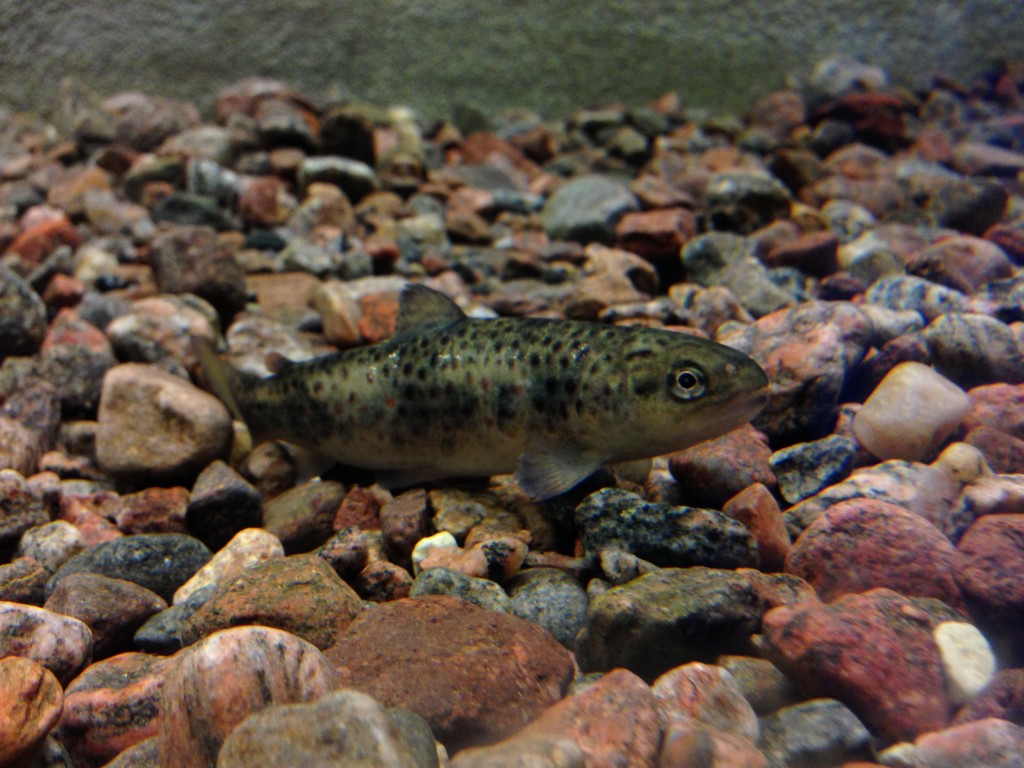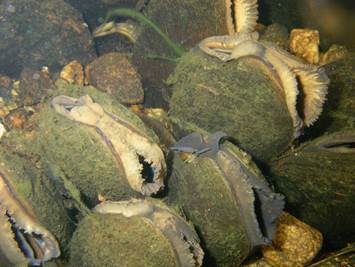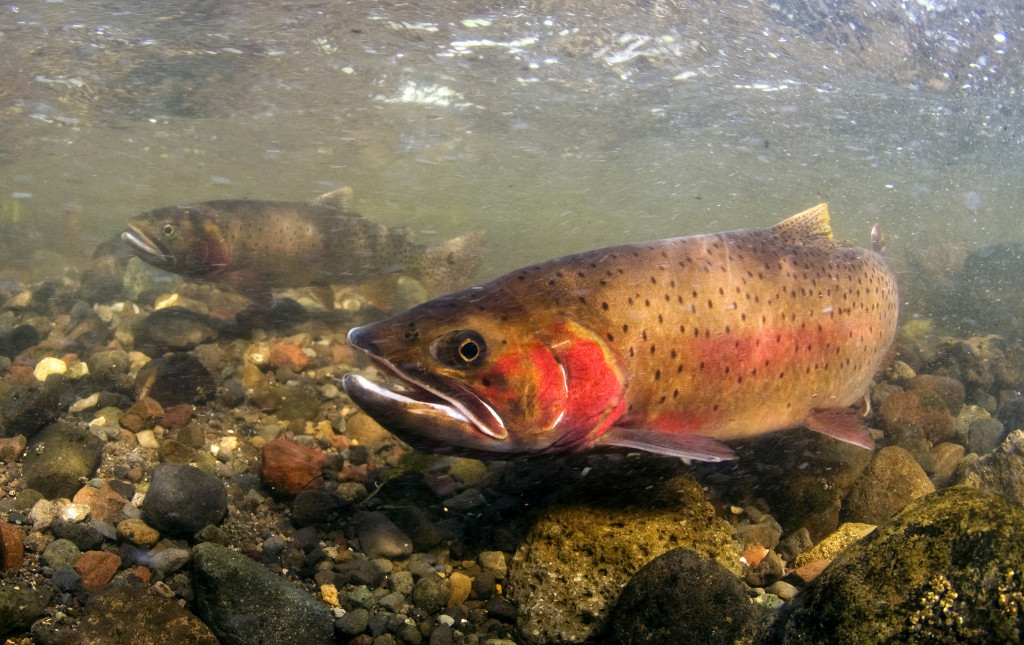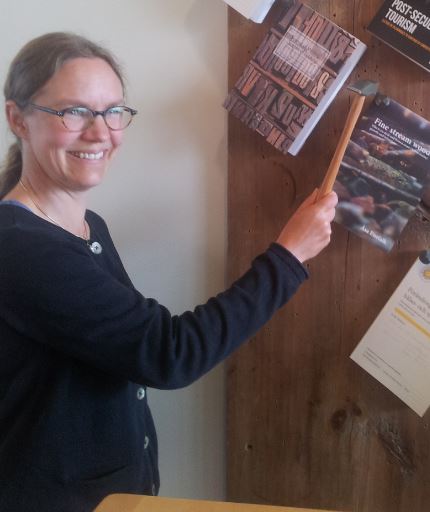Paper: Stress responses of juvenile brown trout under winter conditions in a laboratory stream
Posted by Daniel Nyqvist | VinterekologiJohan Watz, postdoc at Karlstad University, recently published the scientific article “Stress responses of juvenile brown trout under winter conditions in a laboratory stream” in the journal Hydrobiologia. In the abstract he writes: “Winter can be a challenging period for fish in northern temperate rivers and streams, particularly in those that are channelized, structurally simple or regulated by, for instance, hydropower. In these systems, dynamic sub-surface ice formation commonly occurs and stable periods with ice cover may be short. Under these adverse conditions, access to shelters has been shown to be an important factor that influences overwinter survival, and exclusion from shelters by anchor ice may cause stress. Here, stress responses of juvenile brown trout under simulated winter conditions in an artificial stream were studied. Trout were subjected to three treatments in which the trout (1) were excluded from an instream wood shelter, simulating the effects of anchor ice, (2) had access to the shelter or (3) had surface ice cover in addition to the shelter. There was a positive correlation between ventilation frequency and plasma cortisol concentration. Trout without access to shelter had 30% higher ventilation frequency than trout with instream shelter and surface ice, but no differences in cortisol concentration or stress colour were found between the treatments. River regulation that reduces surface ice and increases anchor ice formation may lead to increased stress and consequently reduce overwinter survival rates.”.
Access the paper here: Stress responses of juvenile brown trout under winter conditions in a laboratory stream.








